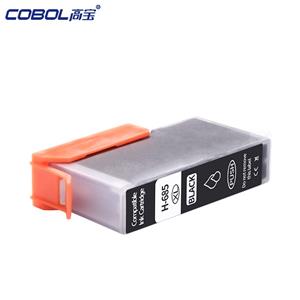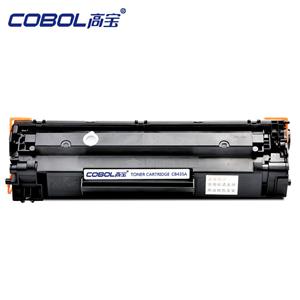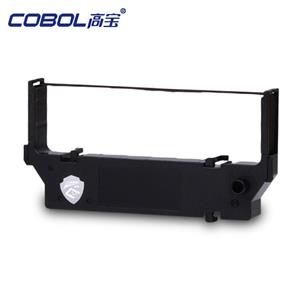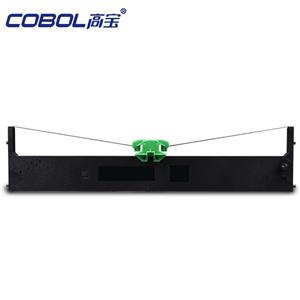Importer Interview: Which Chinese printer consumables products are most recognised in the Russian market?
Importer Interview: Which Chinese printer consumables products are most recognised in the Russian market?
Q:What are the changes in the supply of printer consumables during 2022-2023? To what extent are Chinese manufacturers able to replace products from US, Japanese and European manufacturers?
Tatyana Brazhnikova:The conditions of co-operation between Japanese manufacturers and Russian distributors have become worse, with some manufacturers refusing to supply the Russian market. In this unfavourable situation, the share of supplies from Chinese manufacturers on the Russian market has been increasing, partially replacing Japanese supplies, but not completely.
Currently, toners from Chinese manufacturers are more abrasive compared to those from Japanese manufacturers, in addition to the melting temperature. These two factors result in more wear and tear on the printing equipment (OPC, magnetic rollers, doctor blades, etc.).
However, Chinese-made toners have a higher contrast ratio, which leads to higher consumption. These problems affect the price/performance ratio of Chinese toner compared to relatively expensive Japanese toner. Despite these problems, the products of Chinese toner manufacturers, such as Golden Green, HGOA, and ASC, compare favourably with Japanese manufacturers in terms of text output, and their products are in steady and plentiful supply in the Russian market.
Q:Are there new manufacturers and brands entering the Russian market? What is the availability of consumables in different market segments? What is the situation in the colour laser printing consumables segment? What brands are available to replace Japanese toners, which are known for their high quality? What high-quality general-purpose colour laser consumables are available on the Russian market?
Tatyana Brazhnikova:Major office equipment suppliers such as Hewlett-Packard, Canon, Kyocera and Xerox have withdrawn from the Russian market with the start of the special military operation. They have lost market share to new suppliers/brands from China. The equipment is essentially similar to well-known models from Japanese and United States manufacturers.
Currently there are currently no new players emerging in the field of general-purpose consumables, which is exactly the opposite of the situation with laser equipment. The consumables market is sufficiently stable and well supplied, but lacks some Japanese products such as carriers and some colour toners. Apart from Dinosaur's colour chemical toners, there is practically no one who can replace the high quality Japanese colour toners. We have been importing Dinosaur toners for over a year now. The cartridges of Meitu use Dinosaur's toner, so in our opinion, Meitu is one of the best quality manufacturers of colour general purpose toner cartridges.
Colour toners from Japanese manufacturers IMEX, Tomoegawa and MKI are still higher than their counterparts, and we continue to import them, but it's quite a challenge.
Q:Have Russian-made printing devices attracted attention on the market? Is there a real demand for corresponding consumable products on the market?
Tatyana Brazhnikova:The most noticeable Chinese brand on the Russian market is undoubtedly Pantum, whose printers have been sold in Russia for several years and a corresponding supply of universal consumables has been formed. Our company stocks toner, OPC and chips for the most popular models.
As for other Russian and Chinese brands, such as Cactus, Avision, Katusha and F+imaging, these brands have been supplying equipment for less than a year. We believe that when these devices reach a certain volume in the market, there will be a demand for generic consumables of the above brands. As I mentioned earlier, most of the models of these brands of printers have been developed based on well-known models of American and Japanese printer manufacturers, so we do not anticipate any problems with the supply of corresponding consumables.
Q:How have supplies and prices changed over the past year? What about the duration of supply and product range? What problems do Russian importers of printing consumables need to solve?
Tatyana Brazhnikova: After the logistical and manufacturing supply disruptions during the epidemic, our industry has actually recovered. Manufacturers have increased their prices slightly and delivery conditions have returned to almost pre-epidemic levels.
Transit prices for goods in China have now fallen somewhat and times have been shortened. Product supply has virtually recovered. Unlike Chinese manufacturers, many Japanese manufacturers are still facing disruptions in the supply of raw materials, which has led to disruptions in the supply of their full range of products.
In the case of cross-border remittances, payment in United States dollars is virtually impossible because of the huge remittance commissions charged by banks. Most Russian banks do not open accounts in US dollars and are mainly reluctant to use this currency. Payments in RMB also have some limitations and the situation is more varied for Chinese banks. This is because Chinese banks may be concerned about being implicated due to the sanctions imposed by the United States and Europe on large Russian banks.
We hope that the work done by our government and banking institutions will improve the situation and fully normalise the payment system between Russia and China.





